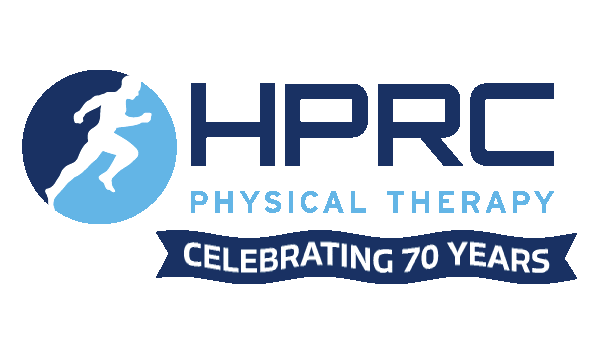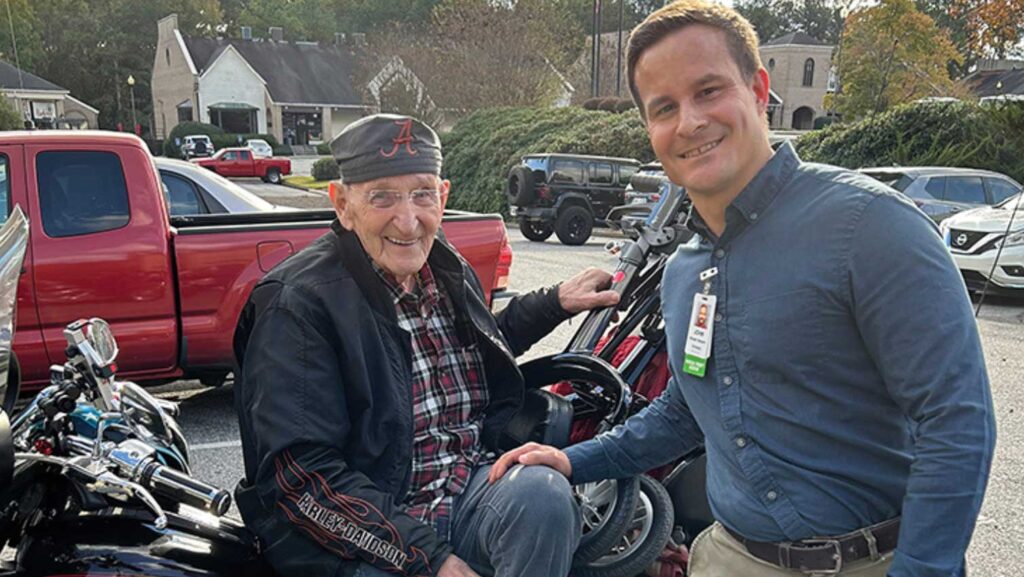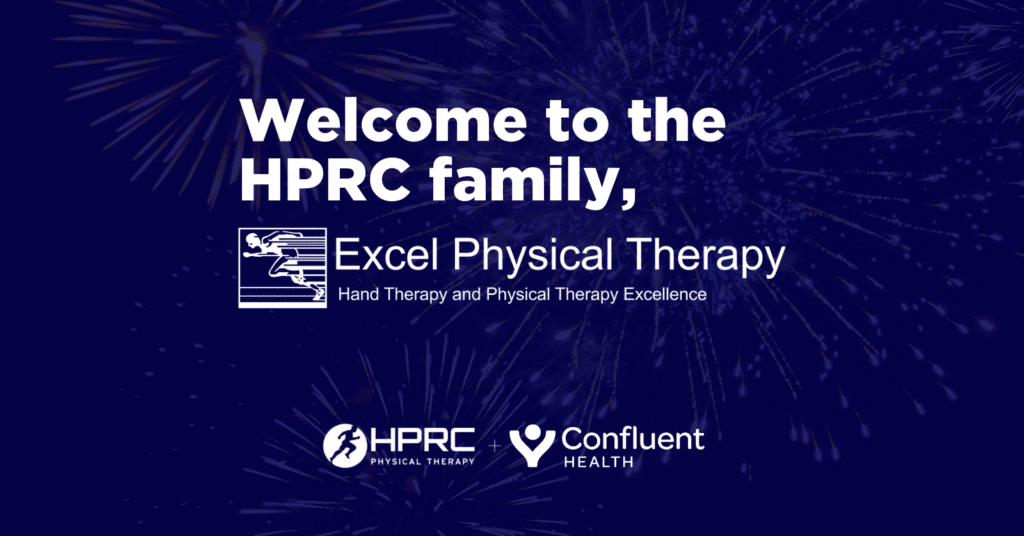Running is a popular pastime in the South, where the weather makes it possible to pursue the activity year round. But runners often face shin splints, the more familiar term for medial tibial stress syndrome, a common overuse injury. It refers to the pain experienced along, or on either side of, the shin bone (tibia). It can also be felt on the back of the leg between the bone and calf muscle. The pain is due to inflammation of the connective tissues that attach the muscles to your tibia. Several factors can trigger this inflammation, including improper body mechanics, a change in your routine of exercise regimen, lack of support in your footwear or weak or tight musculature.
The good news is that shin splints can improve with the right steps, especially when the condition is caught early. If the pain persists, it can also be addressed with a variety of therapeutic techniques under the direction of a physical therapist, including targeted exercises and “directed” dry needling. As shin splints improve, it’s important to also integrate consistent stretching/strengthening exercises and other prevention strategies into your routine in order to keep them from returning. Shin splints that get progressively worse can lead to other injuries.
What triggers shin splints?
Several factors can cause shin splints. Some of the most common include:
Improper body mechanics
Body mechanics, or the way your body moves as you walk or run, are an important factor in preventing or causing injury. Often, tightness in the hip flexors or weakness in the glutes can cause one side of the body to be off balance as you strike the ground, execute forward motion and then brake. Exercises that stretch and strengthen the hips, quads, calves and glutes can help to bring the body into better balance and prevent stress to the muscles around the tibia.
Change in routine
Most runners have a regular workout routine, but when you make a sudden change to your regimen, particularly when you haven’t stretched and strengthened key muscles, you open yourself up to inflammation. A change in routine could mean an abrupt increase in mileage or in speed. It’s better to make gradual changes, even when you’re in great shape. Another change that could trigger inflammation is a sudden change in terrain. For example, if you’re used to running on turf, dirt or a synthetic rubber track, and you start to primarily run on concrete, you could experience inflammation.
Running on an uneven surface
One of the causes for tightness on one side of the body is running on an uneven surface, especially if you run in the same direction each time you exercise. While most surfaces we might run on are, by nature, uneven, you can avoid tightness in your hips and quads by running your regular course in reverse on alternating days of the week.
How to treat shin splints
Rest and ice
The first step in treating shin splint pain is rest and ice, and if needed, an over-the-counter anti-inflammatory pain reliever like ibuprofen. While heat may feel good, it doesn’t actually do anything to reduce the inflammation.
Assess your footwear
Make sure you’re running in a supportive shoe that provides plenty of cushion and shock absorption, and that addresses any other foot issues you may have, like pronating. When you’re not wearing running shoes, be sure to wear shoes that provide good support, and aren’t too flat, or too high.
Stretch and strengthen
Stretching and strengthening your calves, quads, hips and glutes will go a long way in improving shin splints and ensuring they don’t return. Good exercises to do regularly are calf raises, toe taps, squats, hip abduction strengthening (side lying, or standing, with a resistance band) and glute bridges.
Remember, shin splints are treatable with the right steps. It’s important to catch them early to make sure they don’t turn into something worse.
Sachiko Garner, PT, is a licensed Physical Therapist. Employed with HPRC since 2005, she received her MSPT degree in 2004 at The University of Alabama at Birmingham and her BS degree in Exercise Science/Athletic Training at Columbus State University in 2001. She is credentialed as a Clinical Instructor and certified in the treatment of myofascial pain and dysfunction with dry needling and ASTYM. Her specialties and interests include shoulder rehabilitation, post-breast cancer rehabilitation including lymphedema and running biomechanics. She is a member of the American Physical Therapy Association (APTA) and Orthopedic Section of the APTA.



